I’m the first to confess that I’m not always as good about taking care of my health as I should be. After all, I’m hardly the only one who ignores a cold until it turns into a full-blown sinus infection.
That said, there are certain symptoms you just can’t afford to ignore, like the grumbly tummy that can sometimes be a predictor of more serious digestive problems.
We all push things off and try to avoid going to the doctor, but if you have a hunch that something is off, it’s always a good idea to figure out what’s up early.
Certain symptoms might not look like much at first, but you should still keep an eye out for slow-moving conditions that might put a serious cramp on your lifestyle later.
Of these, there are a handful that we all known by name, like diabetes or varicose veins, but there’s another fairly common condition that you may not know the early signs and symptoms of.
It’s called DVT, or deep vein thrombosis, and it’s an illness that everyone over the age of 50 should know about.
Will you be keeping an eye out for these symptoms? Let us know in the comments below!
What Is It Deep Vein Thrombosis?
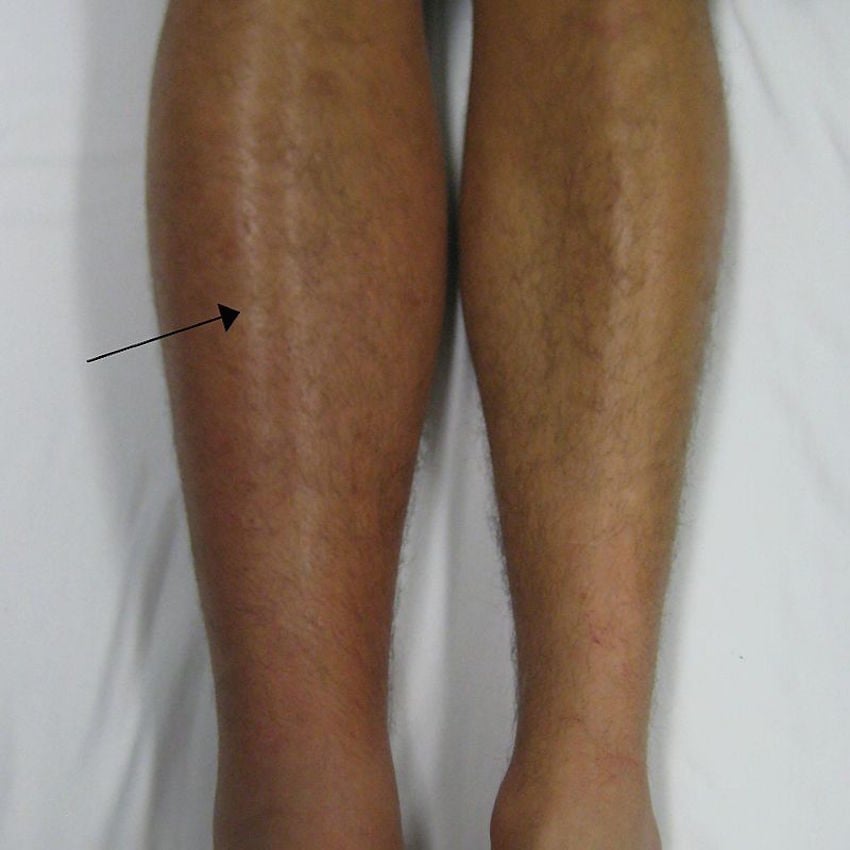
Deep vein thrombosis, or DVT, is when a blood clot develops in a deep vein — that is, a vein that's not easily accessible from the surface.
Risk factors include age, sitting for long periods of time, frequent air travel, obesity, and smoking.
It generally develops in the leg, where it can cause pain and block blood flow, but it can move or occur anywhere in the body, making it very dangerous to the heart, lungs, and brain.
It's not always visible from the surface, but an early sign of DVT is swelling on one side, as you can see in the legs pictured above. Doctors can test for DVT with an ultrasound or with venography, which uses dye to illuminate the blockage.
Symptom #1: Swelling
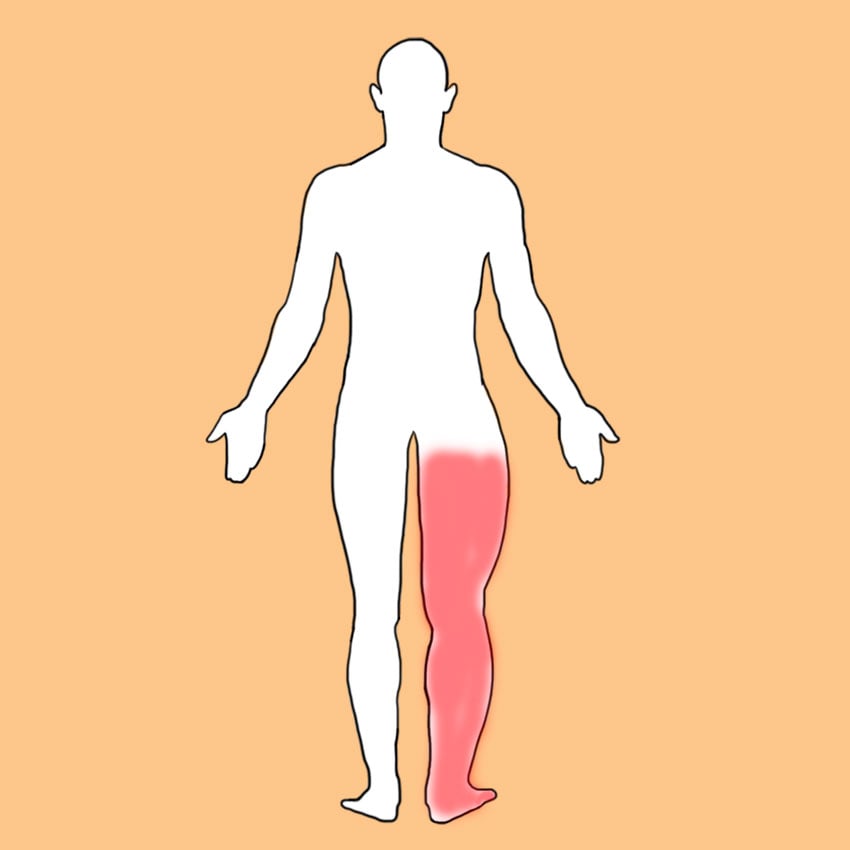
Redness and swelling in the extremities can be an early sign of DVT.
If there's a clot affected your arm or leg, the trapped blood will cause the limb to swell up as it retains fluid.
The swelling might be very noticeable, or quite subtle. Compare one limb to see whether one seems bigger or rounder; we recommend doing this in a full-length mirror so that's easier to compare and contrast.
Symptom #2: Visible Veins
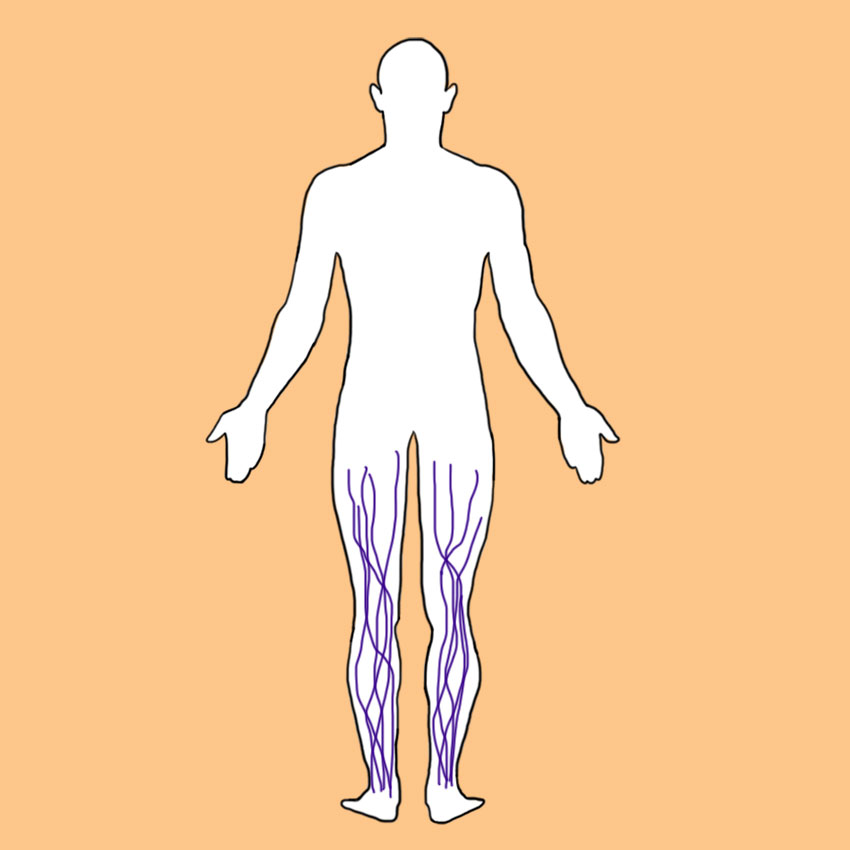
Most of us have our fair share of varicose veins, which are veins that are enlarged and visible.
Generally, they're just a cosmetic concern, but they can be a warning sign of a higher risk factor for DVT.
Keep an eye on any visible varicose or spider veins for areas of new darkening or swelling, and consult your doctor if new veins become visible.
Symptom #3: Throbbing Pain
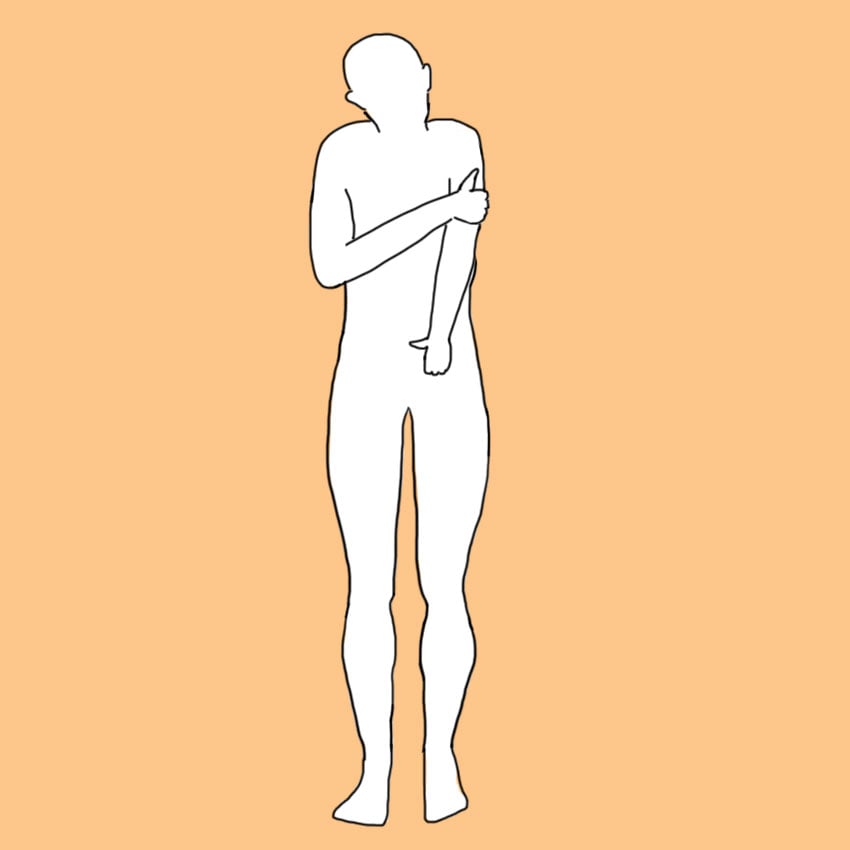
A few aches and pains are par for the course, but keep an eye out for certain sensations that can signal more.
If you feel a deep, throbbing ache in your arm or leg, that might be a sign of DVT.
Don't panic over ordinary muscle aches or cramps, but look out for throbbing pain that worsens when you use the limb or put pressure on it, as when you stand up from a chair.
Symptom #4: Radiating Heat
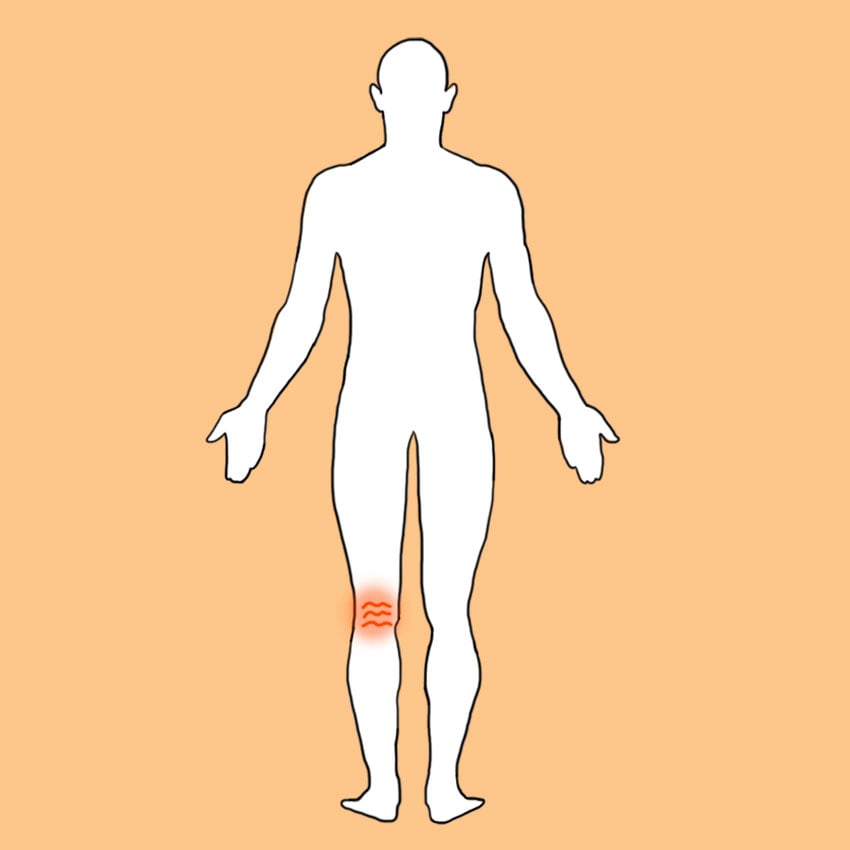
Before you experience pain or even swelling, you may experience strong heat radiating from the affected area. It will feel a bit like a fever contained to one area, like your calf or upper arm.
If you can hold your hand a half-inch away from the skin and still feel the change in temperature, you may need to consult with a doctor.
But keep in mind that heat radiating from joints may also be a symptom of arthritis.
Symptom #5: Fatigue

Fatigue is an incredible common symptom, so common that people don't always notice it at first.
When you're on the lookout for DVT, pay attention not to feeling tired or mentally exhausted, but to the sensation of muscular fatigue.
DVT will create exhaustion in the neighboring muscular groups, and a feeling of weakness.
Symptom #6: Sudden Dizziness
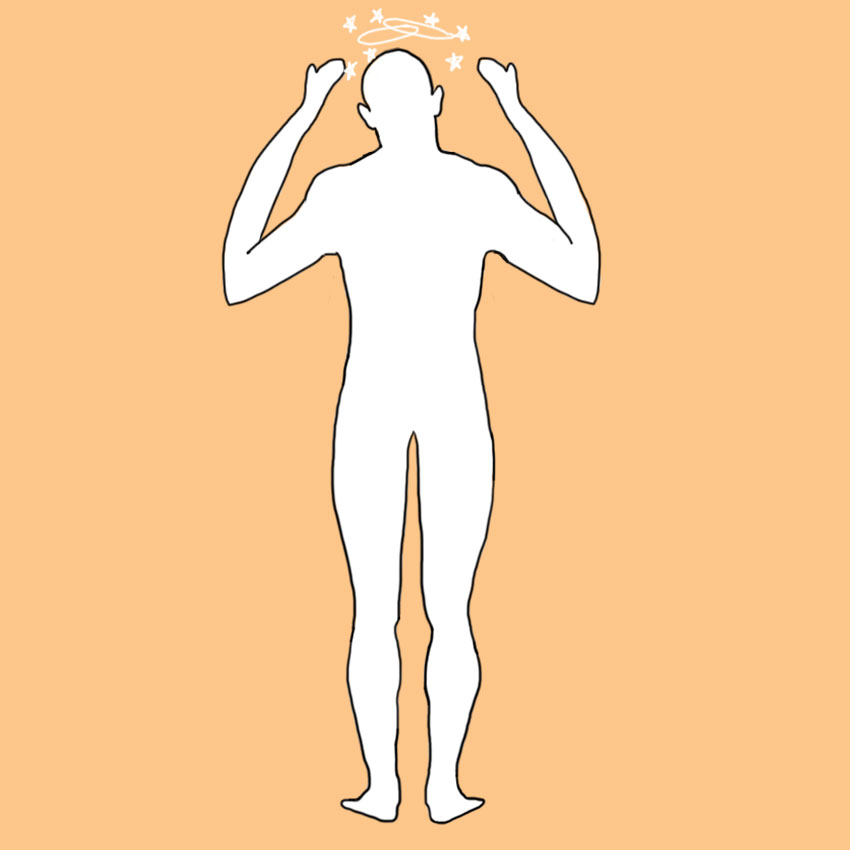
Simple exhaustion is one thing, but if you have a sudden, unexplained episode of vertigo, call your doctor immediately.
DVT tends to "grow" from its origin point up toward the heart, and sudden dizziness can be a very dangerous symptom, depending on your medical history.
People with low blood pressure or on medication that causes faintness should consider other possibilities first, but if the lightheadedness comes out of the blue, take it seriously.
Symptom #7: Blood In Your Cough
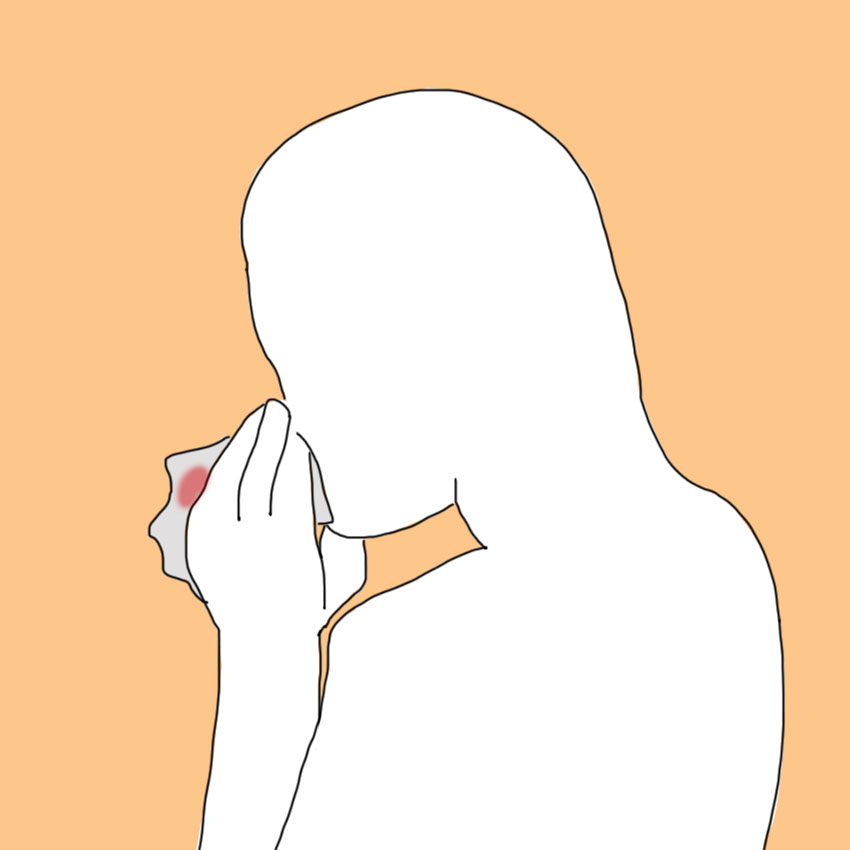
Keep an eye out for a sudden, wracking cough that produces blood, which can be a symptom of a pulmonary embolism, one of the most serious complications of DVT.
If you've been fighting off a cough for a while, there's less cause for concern, but if the symptoms come out of nowhere, go to an emergency room immediately.
Symptom #8: Shortness Of Breath
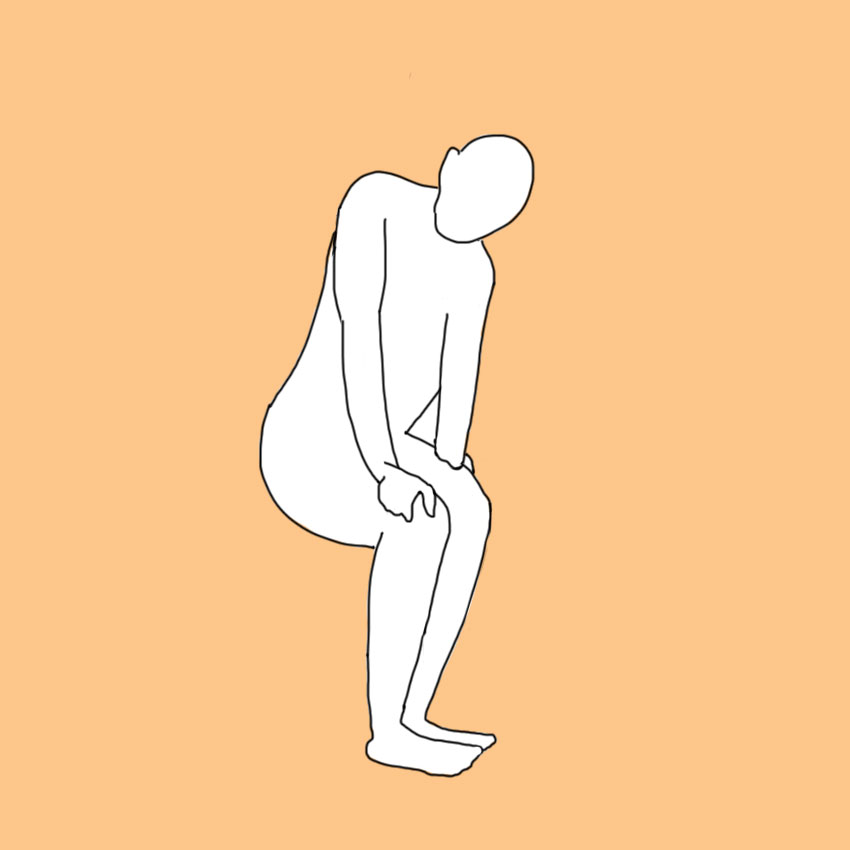
Even if you don't produce blood, keep an eye out for other symptoms of pulmonary embolism, which is when the clot that may have started in a leg or an arm moves to the lungs.
If you suddenly find yourself wheezing, gasping, and unable to draw breath, with no history of asthma or COPD, this is also a scenario in which you should go straight to the ER and call your doctor from there.
If you or someone you know is at risk for developing DVT, make sure you SHARE this important guide!




